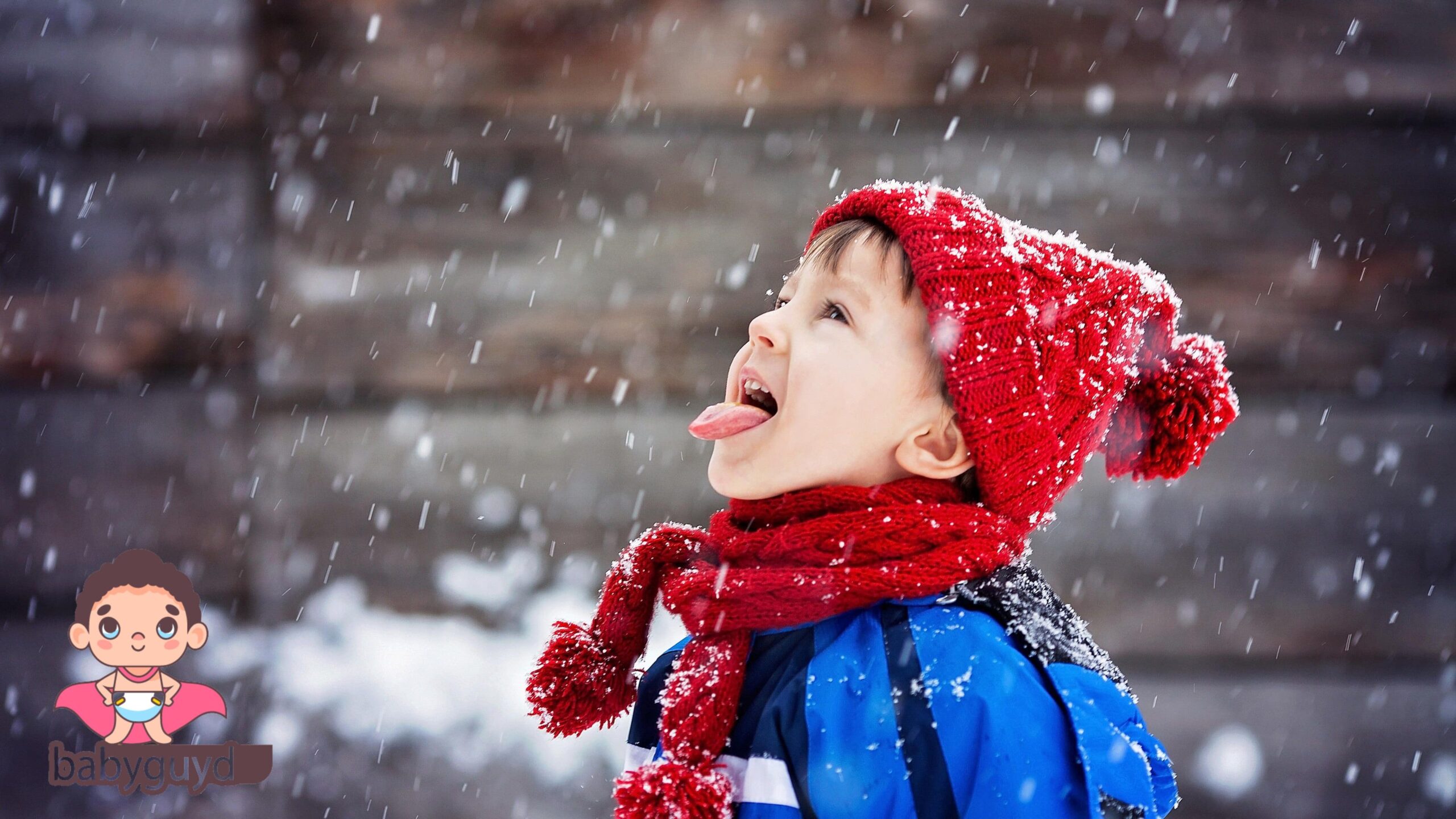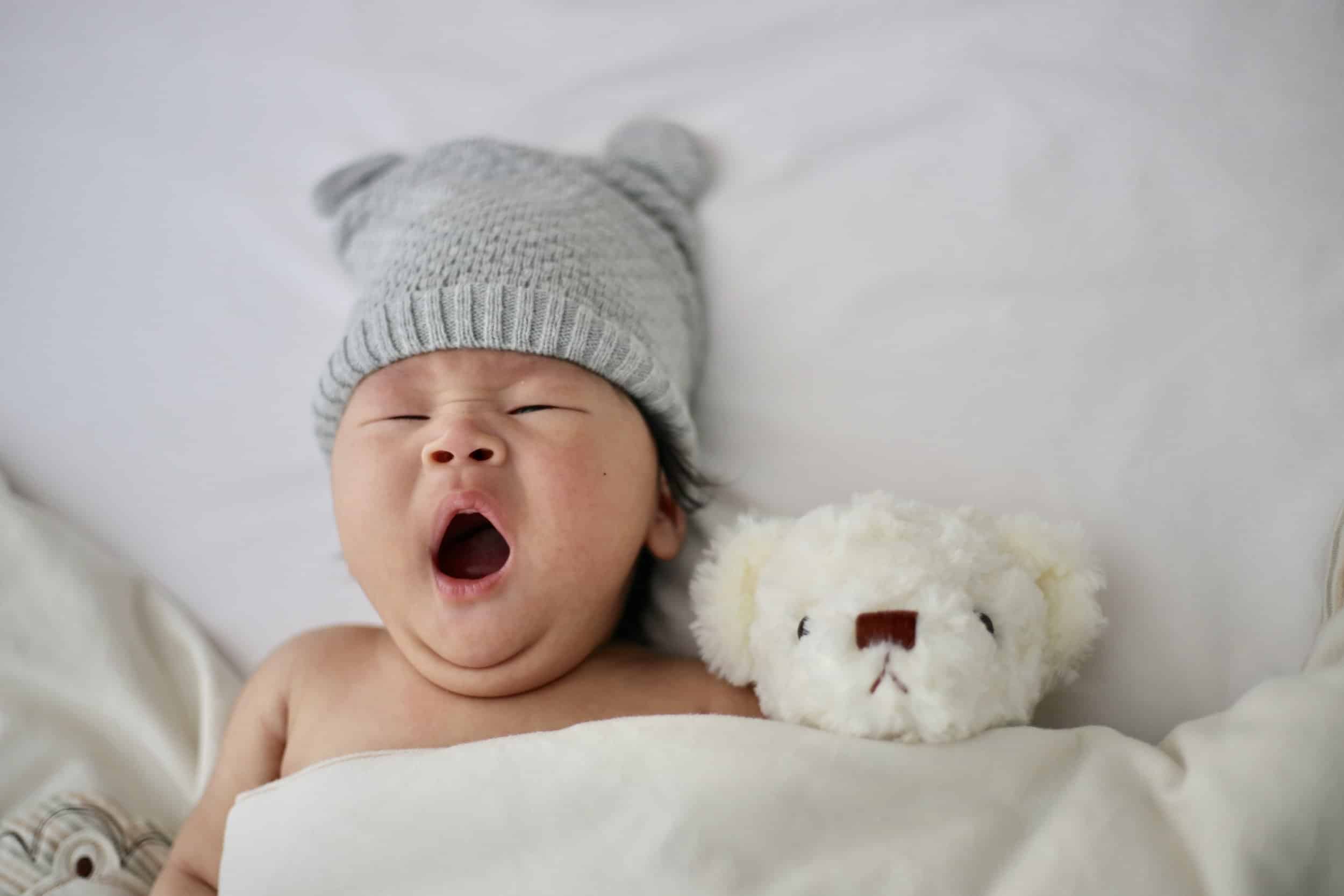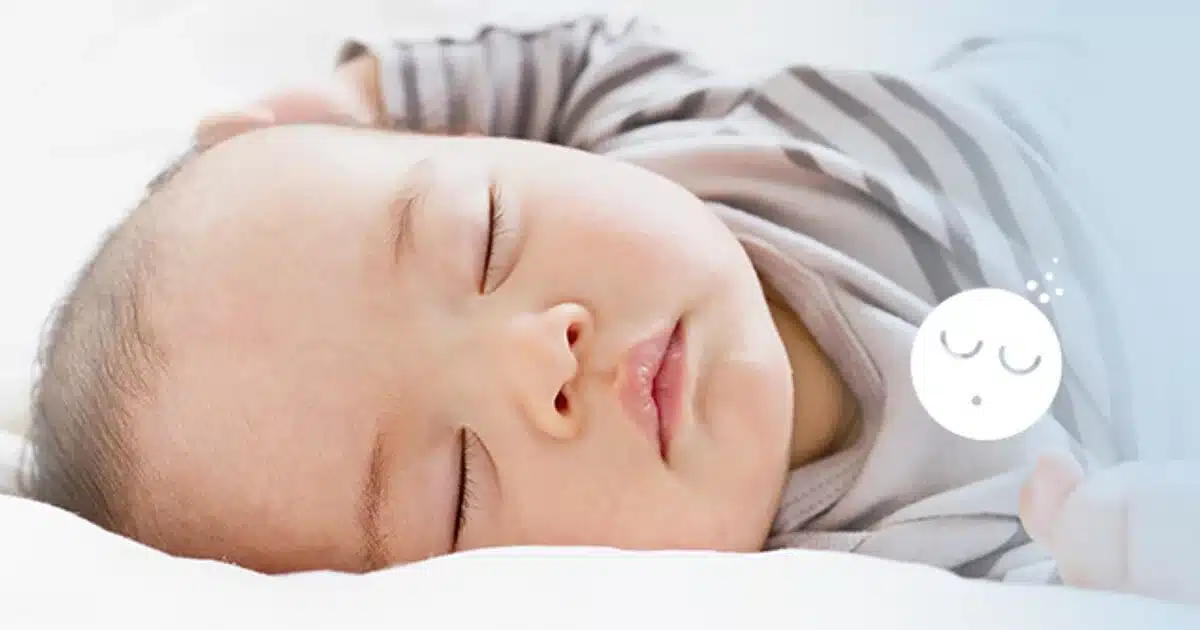Different seasons bring unique weather challenges, and winter can be especially tough for newborns. As temperatures drop, it’s important to know how to keep your baby safe and warm. Here’s how you can protect your newborn in cold weather and ensure they stay comfortable without overheating.
Dress Your Baby in Layers
One of the best ways to keep your baby warm is by dressing them in layers. Start with a snug base layer, like leggings and a bodysuit.
Add a layer of pants and a long-sleeve shirt, and finish with a warm jacket or snowsuit.
Don’t forget the accessories—hat, mittens, and warm booties to keep your little one’s head, hands, and feet cozy.
Dr. Molly Broder, a pediatrician, recommends using breathable fabrics like cotton and muslin to make it easy to adjust your baby’s clothing as needed.
Dressing in layers helps you regulate their temperature based on what’s needed at the moment.
Avoid Overheating in the Car
When traveling, it might seem intuitive to leave your baby in their puffy winter coat, but it’s actually safer to remove it in the car.
Bulky coats can interfere with car seat harnesses, making them less effective in the event of an accident.
Instead, dress your baby in thinner layers like long johns, leggings, and a snug-fitting snowsuit or coat.
This way, you can adjust the layers as needed for warmth and safety.
Keep Your Baby Inside When Temperatures Are Freezing
If the temperature or wind chill dips below freezing, or if there’s rain or snow, it’s best to keep your baby inside except for short trips, like to and from the car.
If you do go outside, dress your baby in a winter jacket, hat, mittens, and a stroller blanket or bunting to keep them warm.
Watch for signs of discomfort—if your baby’s skin is red and warm, or they’re fussy, they may be overheated.
On the other hand, if their skin feels cold to the touch and they’re teary-eyed, they may need more layers.
Use Baby Carriers for Extra Warmth
Baby carriers are great for keeping your newborn warm, as your body heat can provide extra coziness.
But make sure their face isn’t pressed against your chest or clothing to ensure they can breathe easily.
Also, remember to keep their head and feet covered to prevent heat loss.
Be Cautious When Covering a Stroller
If you’re using a stroller, avoid covering it with thick blankets or plastic covers, as this can block airflow.
Many strollers are designed with fitted covers that allow air circulation, so make sure you’re using the proper one.
If your stroller doesn’t have one, dress your baby in layers and tuck a blanket around them to keep them warm and comfortable.
Maintain the Right Indoor Temperature
While you want to keep your baby warm, overheating can also be a concern.
Dr. Puttgen advises keeping your indoor temperature between 68°F and 72°F during the day.
At night, set the thermostat lower—between 65°F and 68°F. This not only helps prevent overheating but can also lower the risk of SIDS.
To keep your baby comfortable while sleeping, dress them in a sleeper and use a sleep sack, which is a wearable blanket that provides warmth without the risk of suffocation.
Prevent Dry Skin
Cold air, low humidity, and indoor heating can dry out your baby’s sensitive skin.
To protect it, use warm (not hot) water for baths and avoid soaking your baby for long periods.
After the bath, apply a gentle lotion or cream to lock in moisture and prevent dryness.
Watch for Warning Signs of Cold Stress
If the temperature drops significantly, watch for signs that your baby may be too cold.
Shivering, cold extremities (hands, feet, or face), and blue lips or ears are all signs that your baby needs immediate warmth.
If your baby is shaking or their skin feels cold to the touch, take them indoors, remove wet clothes, and rewarm them gradually.
Read more about 99+ Ways to Make Your Baby Laugh…
Conclusion
As the winter months approach, it’s important to protect your newborn from the cold.
By dressing them in layers, avoiding overheating in the car, keeping them bundled up outside, and maintaining a safe indoor temperature, you can ensure your baby stays warm and comfortable.
Always watch for signs of discomfort, and remember to adjust their clothing based on the weather conditions. Your baby’s safety and comfort are top priorities during the colder months.











